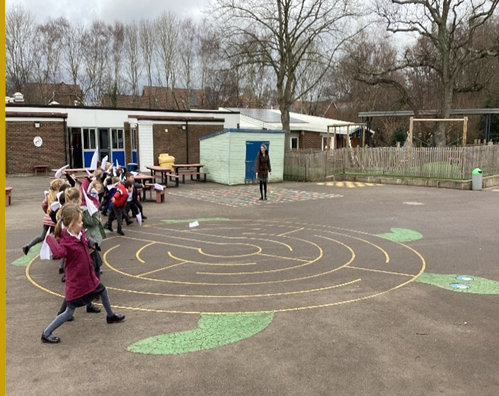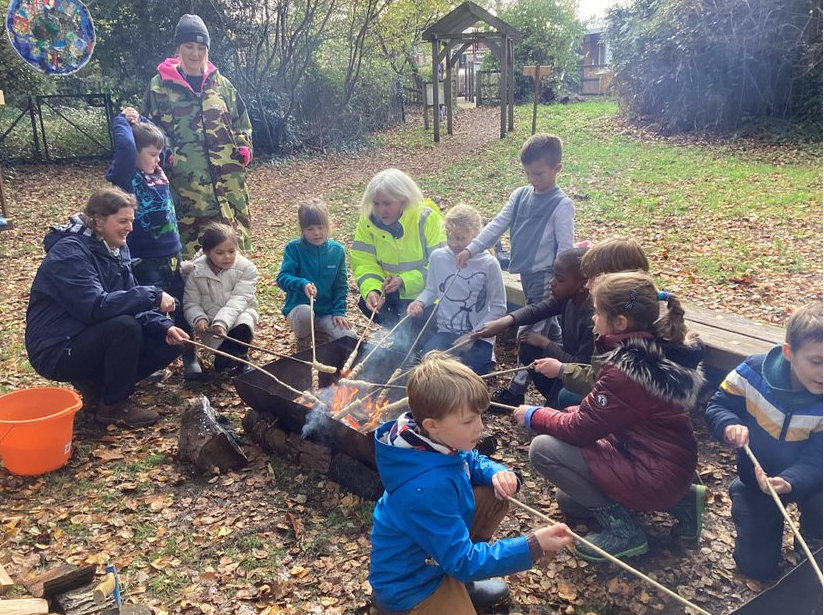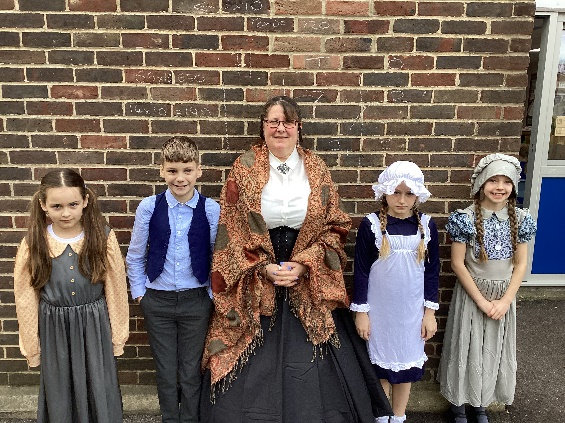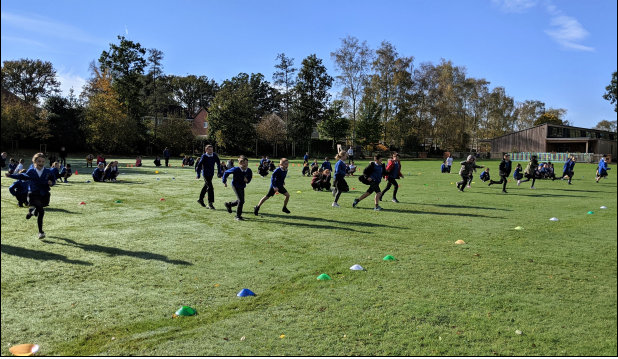Games and Toys (Past & Present)
How did children play in the past?
NC Objectives:
Pupils should develop an awareness of the past, using common words and phrases relating to the passing of time.
They should understand some of the ways in which we find out about the past and identify different ways in which it is represented
Sticky Knowledge:
Toys have changed over time as a result of advances in technology and available materials.
We can learn from people’s memory of the past.
Children are able to put toys in chronological order by identifying certain key features.
Children will be able to retrieve and infer evidence from a given source (old toy etc)
Key Vocab:
Diablo, whip and top, croquet, skipping rope, skittles, marble, hopscotch, blow football
Adventurers and Explorers
Can anyone be an explorer?
NC Objectives:
The lives of significant individuals in the past who have contributed to national and international achievements. Some should be used to compare aspects of life in different periods [for example, Elizabeth I and Queen Victoria, Christopher Columbus and Neil Armstrong, William Caxton and Tim Berners-Lee, Pieter Bruegel the Elder and LS Lowry, Rosa Parks and Emily Davison, Mary Seacole and/or Florence Nightingale and Edith Cavell]
Sticky Knowledge:
The order of events leading to the moon landing within a worldwide context (eg The Space Race).
Significant figures include Neil Armstrong, Buzz Aldrin and Michael Collins. They flew in Apollo 11 and landed on the moon on 20th Jully 1969.
Women played a significant part in the Apollo 11 mission and throughout the history of space exploration - These women are JoAnn Morgan, Katherine Johnson, Mary Jackson, Margaret Hamilton.
Films and photographs taken at the time help us to find out about what happened.
Exploration has changed over time owing to advancements
Significant events in the space race between the Russian and US.
Key Vocab:
Apollo, space flight, moon landing, orbit, NASA, astronaut, space, moon, Neil Armstrong, walk, engineer




